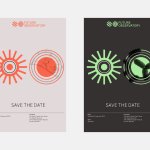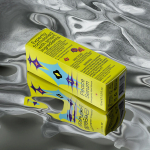
Materiality v Materialism: A Love Letter to Paper
Written by Mark Paton Posted 1 August 2023
Imagine a material that is plant-based, renewable, biodegradable and commonly recycled around the world, with a recycling rate of 74% in Europe, where it is reused an average of 3.8 times. Its production supports the growth of forests and at the end of its lifecycle it will biodegrade in any environment. It is at once disposable and holds the potential to be used for some of the world’s most valuable objects.
Paper is all those things.
Like designers everywhere, we have always loved paper. Our studio shelves are straining with reams of it, primed and ready to deploy in print applications. Intuitively, it feels indispensable. If we ever have to part with paper, it will live on in local schools to be cut up for collage, folded into paper planes, moulded into papier mâché, painted and scribbled on. Perhaps we love paper precisely because we had the opportunity to play with it as children.
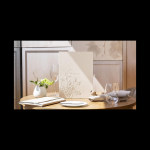
Growing up, regular trips to the London Library, The British Library or St Bride’s archive of typography established the hushed reverence of precious documents holding clues to future ideas and identities. In the National Archives Building in Washington, the ‘Charters of Freedom’ are preserved in bulletproof, moisture-controlled display cases by day and in multi-tonne bomb-proof vaults by night. Filled with meaning, the potential for paper to hold value is seemingly limitless.
What’s exciting is that the story of paper’s potential isn’t over. And recently it has been getting some practical upgrades that allow it to fulfil even more uses:
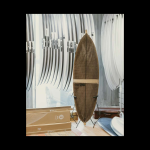
Cornish paper pioneers, Flexi-Hex, have developed ingenious new ways to protect bottles, speakers and surfboards with recycled paper, replacing what would have been plastic bubble wrap of vast quantities of polystyrene foam.
Finnish company Huhtamaki recently launched paper-based blister packaging for pharmaceutical tablets and capsules, which looks to be a serious tactile and environmental upgrade from products that are currently medical essentials but recycling conundrums.
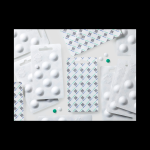
Notpla, London-based bio-designers, who recently won an Earthshot prize, are developing seaweed-based lining for papers to give it new water-resistant properties. It’s early days, but the idea that this kind of technological leap allows paper to retain liquids for decent periods of time opens the door to a new generation of lightweight packaging formats with a suitable lifespan compared to the eternity of plastic, or the over-engineered longevity of glass.
These fascinating strides in engineering and bio-chemistry, in conjunction with ancient qualities, mean that paper holds the potential to allow us to make ethical choices without compromising beauty, tactility or desirability.
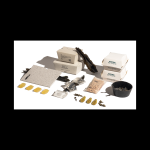
Naturally, there will be a counter argument to all this positive news – that the production of paper still uses vast amounts of water and energy, and that it relies on trees for pulp. But that truth brings us to an inescapable fact, which is that regardless of the material we choose, we also need to advocate for less of it – to ask tougher questions about whether the world needs the objects that we’re designing.
Our working hypothesis is that there simply needs to be fewer, better made products in the world. Products where every material choice is conscious of its lifecycle. This doesn’t diminish the potential of paper, but rather the opposite: by recognising its full potential and value, we understand that it should be used wisely.

It is interesting that the word ‘materialism’ holds negative connotations – a tendency to consider material possessions more valuable than ethical values – and embodies many of the ills that led us to over consumption. Looking forward, maybe there’s a future interpretation of this word that’s based on a value-led conscious choice of material?
In The Good Ancestor, Roman Krznaric makes the case for long-term thinking in our daily choices, so that we can guarantee a better future for the next generations, all of which is an interesting starting point for the choices we make as designers. It is a stark reminder that in the far future, our civilisation will likely be judged on the near pristine plastic objects that remain, rather than the rich culture printed on paper long decomposed. It’s partly up to the creative industries to decide how harsh this reckoning will be.
